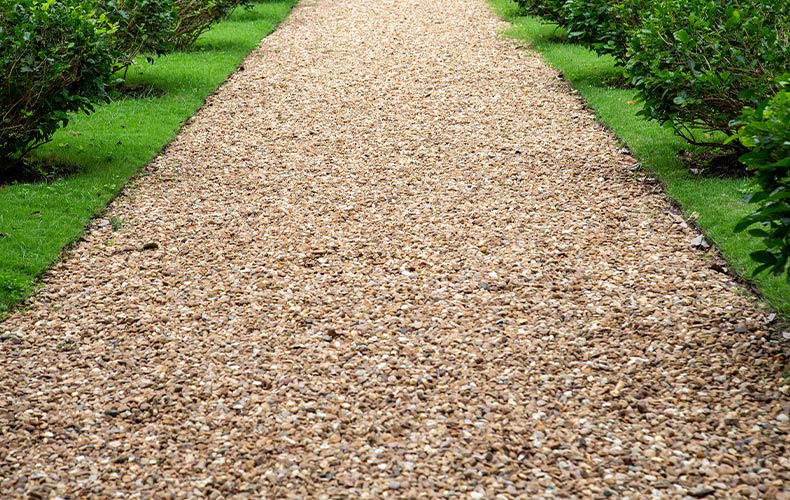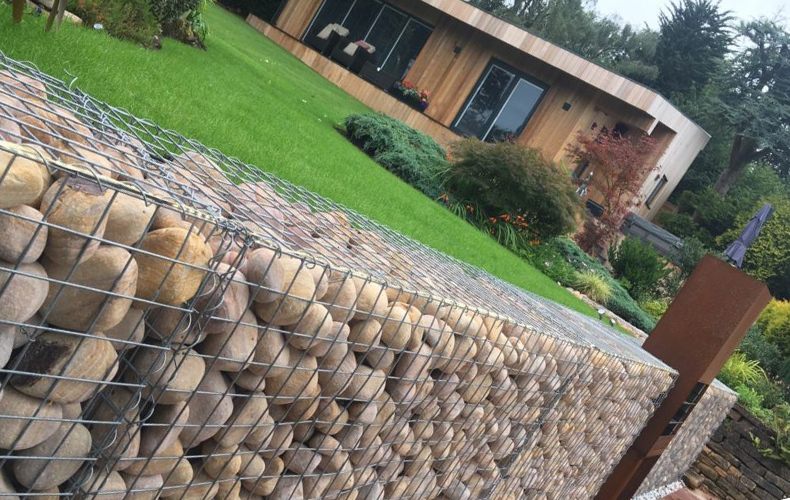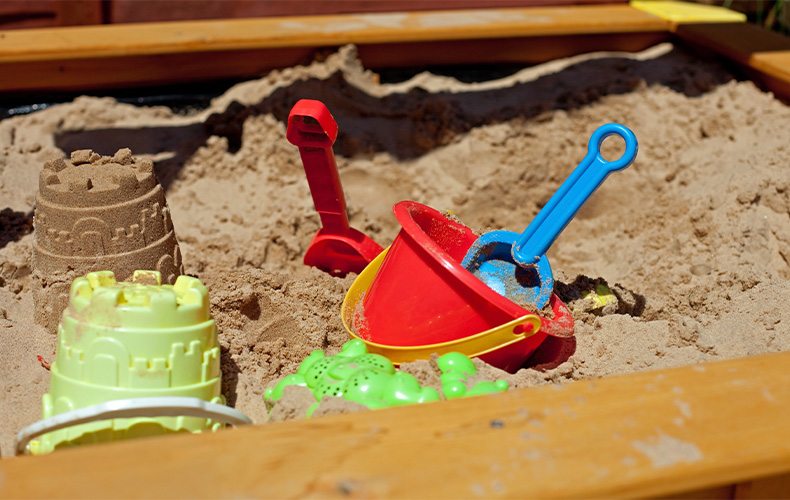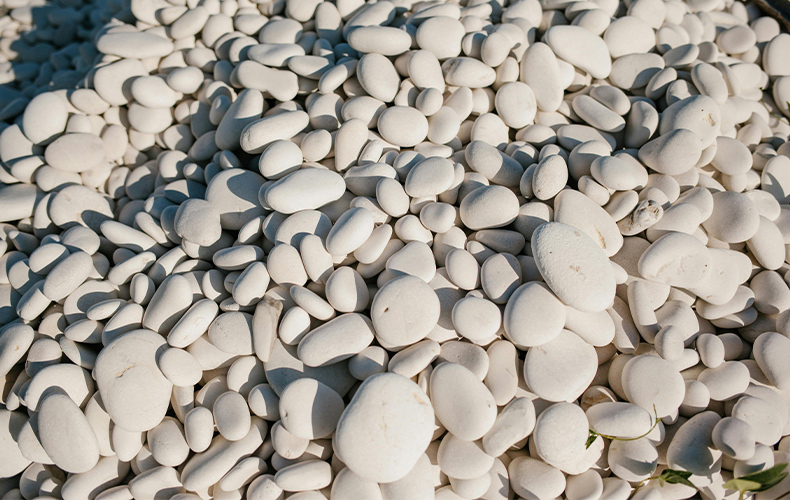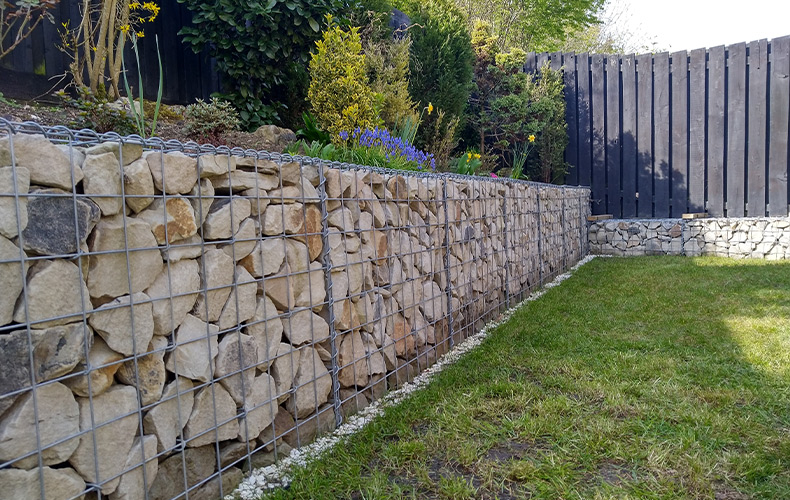Why Do the Larger Stones Keep Rising to the Top? The ‘Brazil Nut Effect’ Explained
Have you ever wondered why larger stones and pieces of gravel seem to mysteriously rise to the surface of your driveway or garden? This intriguing phenomenon is known scientifically as Granular Convection, or more commonly, the Brazil Nut Effect.
Granular convection occurs when particles of differing sizes are shaken or disturbed, causing larger particles to move upwards while smaller ones settle beneath. The name comes from the observation that Brazil nuts consistently rise to the top in mixed nut containers. However, this effect isn't limited to jars of nuts or cereal boxes; it's clearly visible in gravel driveways, garden paths, and construction sites.
So, why exactly do larger stones rise? When gravel is disturbed, smaller particles slip downwards into gaps created by the movement of stones. These smaller particles fill spaces beneath the larger stones, effectively pushing them upwards. Repeated movements—whether from foot traffic, vehicle tyres, or even natural processes like frost heave—enhance this effect. Over time, larger stones become increasingly prominent on the surface, often frustrating homeowners and gardeners who prefer a smoother, more uniform appearance.
The Brazil Nut Effect is further amplified by vibration and repeated compression. Driveways and garden paths are constantly subjected to stress and movement, from walking and vehicle traffic to weather changes. Each disturbance causes particles to rearrange themselves, continuously bringing larger stones closer to the surface.
Interestingly, research indicates that gravity alone doesn't fully explain this upward movement. Friction between particles plays a crucial role, as larger stones experience greater frictional resistance, causing them to rise and remain near the surface.
So, how can you reduce this effect in your garden or driveway? Choosing gravel with more uniform particle sizes can significantly reduce granular convection. Regular raking, or installing stabilising gravel grids and geotextile membranes, can also help maintain a level surface, reducing the need for frequent resurfacing and maintenance.
Understanding granular convection not only satisfies our curiosity but also offers practical insights for landscaping and construction projects. By appreciating the physics behind gravel movement, we can make informed choices to create and maintain attractive and functional outdoor spaces.
Next time you notice larger stones rising to the surface, you'll understand exactly why—and how to deal with it effectively.
Visit the Mainland Aggregates Ltd website for more information on Why Do the Larger Stones Keep Rising to the Top? The ‘Brazil Nut Effect’ Explained

